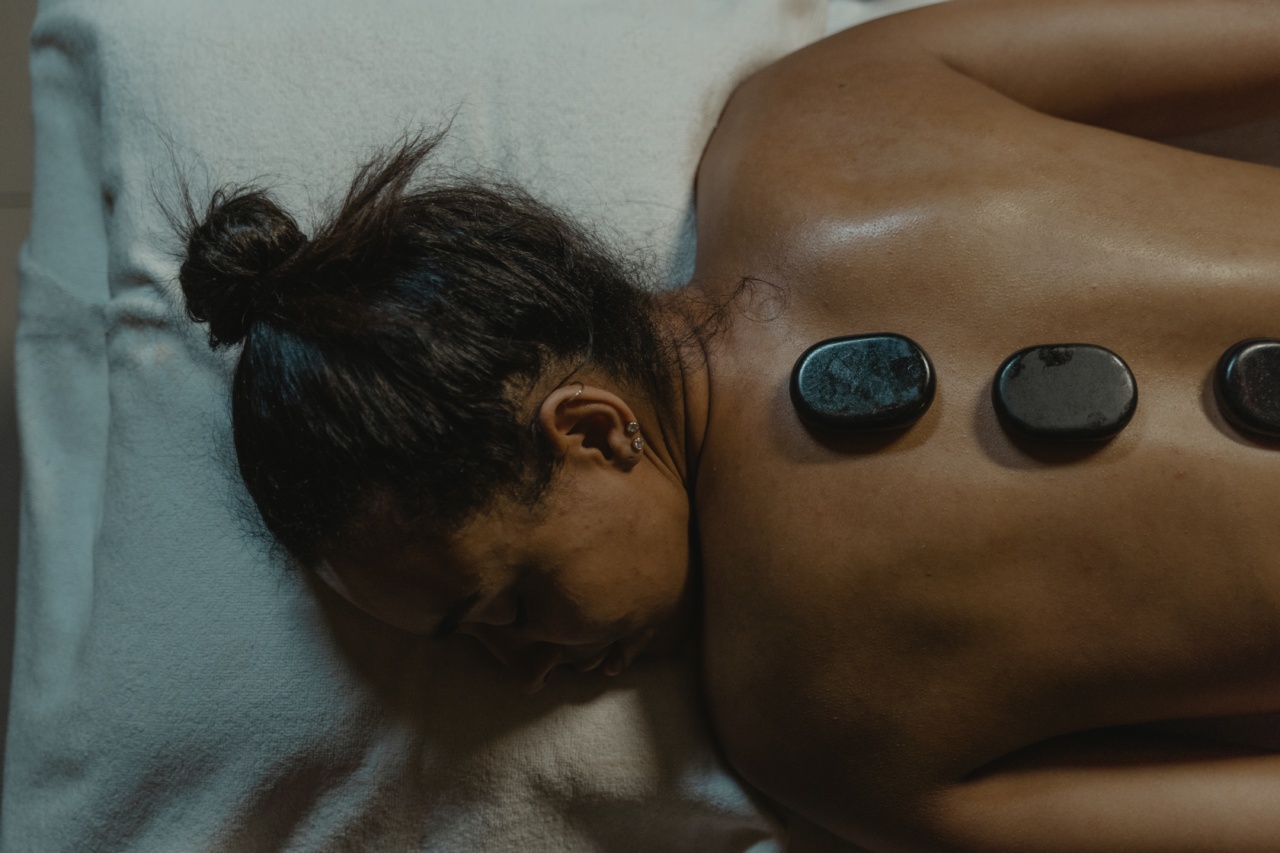Kidney stones can be a painful and uncomfortable experience. They are hard deposits that form in the kidneys and can cause pain in the lower abdomen, back, and sides. Kidney stones can also cause nausea, vomiting, and frequent urination.
If left untreated, they can lead to complications such as infections and organ damage. Fortunately, there are many treatments available to help deal with the symptoms and get rid of the stones.
1. Hydration
Drinking plenty of water is one of the most effective ways to prevent kidney stones. Water helps flush out any mineral deposits in the urinary tract. It also dilutes the urine, making it less concentrated, which reduces the risk of stone formation.
The recommended daily intake for adults is eight glasses of water a day. However, this can vary depending on factors such as age, gender, weight, and activity level. If you have a history of kidney stones, your doctor may recommend drinking even more water.
2. Pain medication
Kidney stones can cause severe pain, which can make it difficult to perform daily activities. Pain medication can help alleviate the discomfort.
Over-the-counter pain medications such as ibuprofen and acetaminophen can be effective for mild to moderate pain. However, if the pain is severe, your doctor may prescribe stronger medication such as opioids.
3. Lithotripsy
Lithotripsy is a non-invasive procedure that uses shock waves to break up kidney stones into smaller pieces. The smaller pieces can then pass through the urinary tract more easily. Lithotripsy is commonly used for stones that are larger than 10mm.
The procedure is performed under sedation or anesthesia and can take up to an hour. There are two types of lithotripsy: extracorporeal shock wave lithotripsy (ESWL) and intracorporeal lithotripsy. ESWL is the most common type and involves using a machine outside the body to generate shock waves.
Intracorporeal lithotripsy involves using a laser or other instrument to break up the stone from inside the body.
4. Ureteroscopy
Ureteroscopy is a minimally invasive procedure that involves inserting a thin, flexible tube (ureteroscope) into the urethra and up into the bladder and ureter. The ureteroscope has a camera attached to it that allows the doctor to see the stone.
The doctor can then use a small instrument to remove the stone or break it up using laser energy. Ureteroscopy is typically used for stones that are located in the lower ureter.
5. Percutaneous nephrolithotomy (PCNL)
PCNL is a minimally invasive procedure that involves making a small incision in the back and inserting a scope through the incision and into the kidney. The doctor can then use a small instrument to remove the stone or break it up using laser energy.
PCNL is typically used for stones that are larger than 20mm and cannot be treated with other methods.
6. Diet changes
Certain foods can increase the risk of kidney stones. Foods that are high in oxalates, such as spinach, rhubarb, and nuts, can increase the risk of calcium oxalate stones.
Foods that are high in salt and animal protein can increase the risk of uric acid stones. Making changes to your diet can help prevent future stone formation. Your doctor may recommend reducing your intake of oxalate-rich foods, limiting your salt intake, and increasing your fluid intake.
7. Medications
There are medications available that can help prevent kidney stone formation.
These medications work by reducing the amount of calcium and uric acid in the urine or by altering the chemical makeup of the urine to make it less conducive to stone formation. Your doctor may prescribe medication if you are at high risk of developing kidney stones.
8. Natural remedies
There are some natural remedies that may help prevent kidney stone formation and alleviate symptoms. These include:.
- Drinking lemon water
- Taking apple cider vinegar
- Drinking dandelion root tea
- Taking magnesium supplements
- Eating a diet rich in fruits and vegetables
However, it is important to talk to your doctor before trying any natural remedies, as they may interact with other medications you are taking.
9. Surgery
In rare cases, surgery may be necessary to remove a kidney stone. This is typically only done if the stone is too large to be treated with other methods or if other treatments have failed.
Surgery may also be necessary if the stone is causing complications such as a blockage or infection.
10. Prevention
The best way to deal with kidney stones is to prevent them from forming in the first place. This can be done by drinking plenty of water, reducing your intake of salt and animal protein, and making other dietary changes.
It is also important to take any medications prescribed by your doctor and to follow their instructions regarding lifestyle changes.































